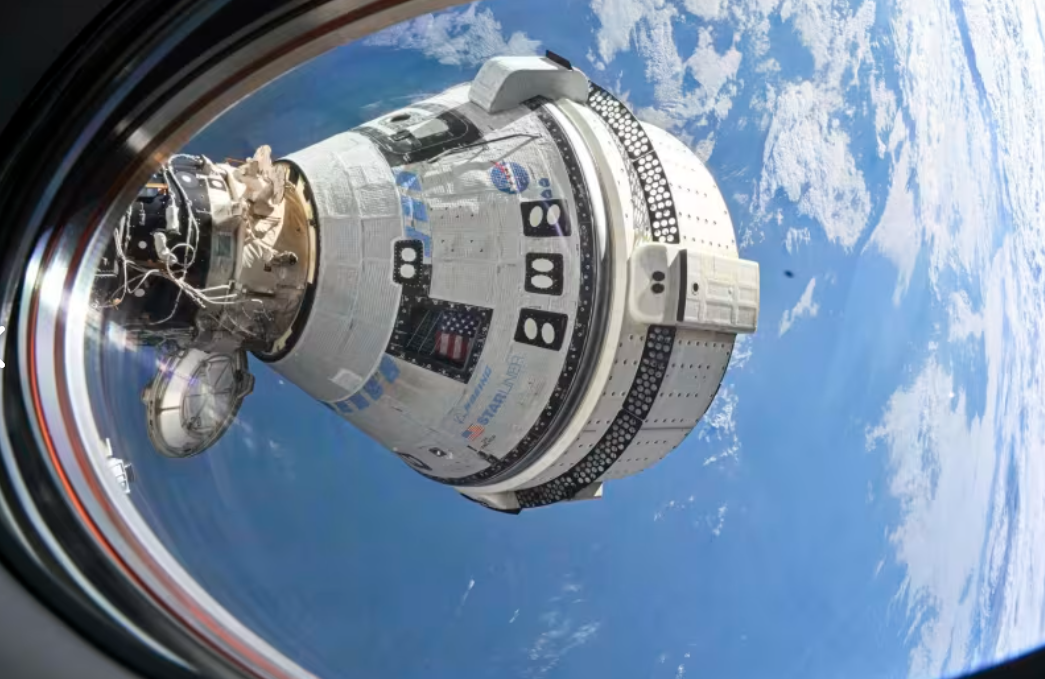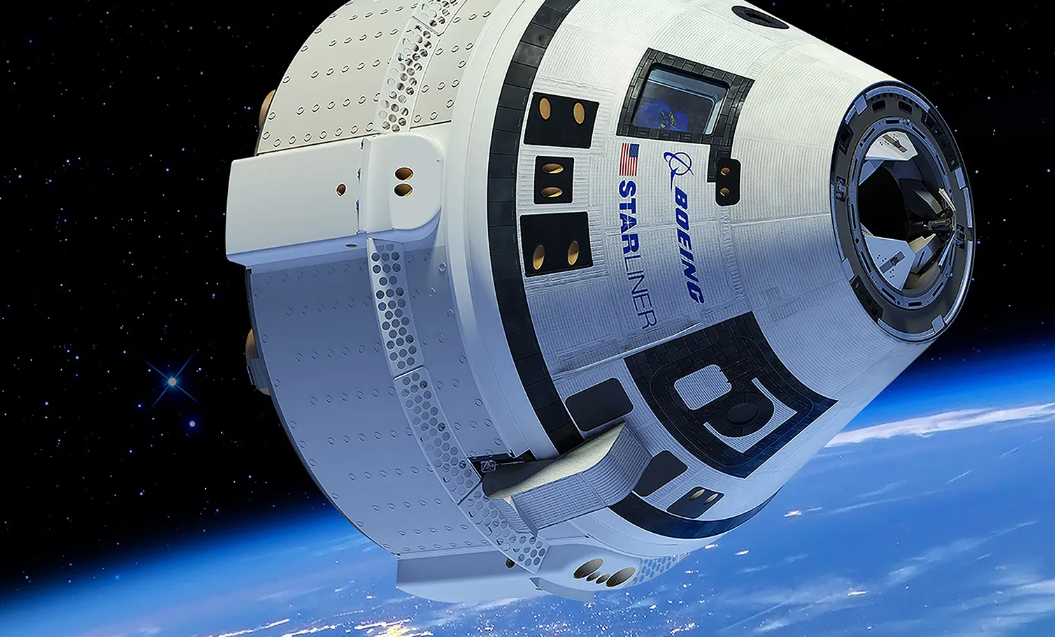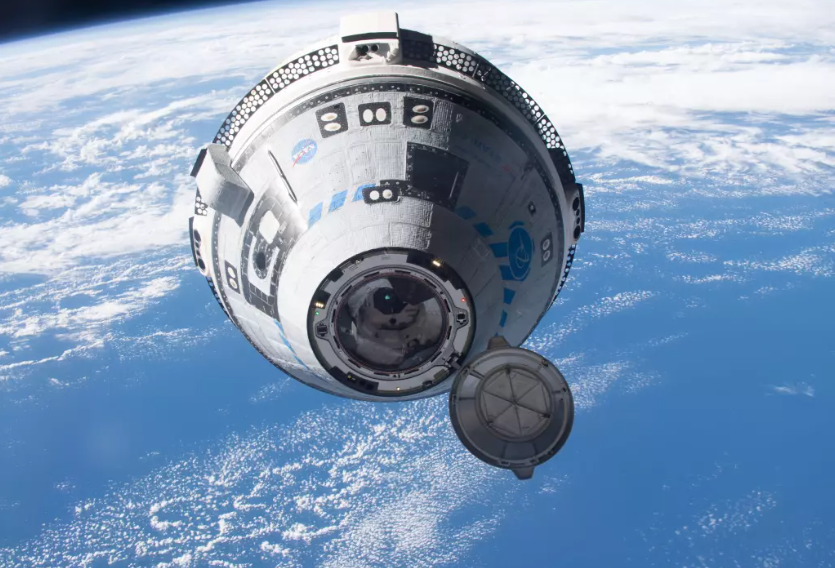After spending six months aboard the International Space Station (ISS), a SpaceX crew’s return to Earth was delayed due to high winds. Originally scheduled for an early return, the adverse weather conditions in the designated splashdown zone forced NASA and SpaceX to postpone the homecoming of the astronauts. This unexpected delay highlights the challenges of safe space travel, especially when re-entry into Earth’s atmosphere depends on optimal weather conditions.
High Winds Pose Risks for Splashdown
One of the key concerns for SpaceX during the crew’s return is the safety of the splashdown. The capsule, known as Crew Dragon, is designed to land in the ocean, where ships and helicopters are on standby to recover both the astronauts and the capsule. However, strong winds can cause rough seas and unpredictable landing conditions, increasing the risk of injury during splashdown.
The latest weather updates from the National Oceanic and Atmospheric Administration (NOAA) indicated that wind speeds in the targeted landing zone were well above the safety threshold, prompting the decision to delay the crew’s return. The safety of the astronauts is the top priority, and the delay ensures they re-enter Earth’s atmosphere under optimal conditions.

Six Months Aboard the International Space Station
The crew, which includes astronauts from both NASA and international space agencies, has spent the last six months conducting scientific research aboard the ISS. Their mission included spacewalks, experiments in microgravity, and the testing of new technologies aimed at advancing human space exploration.
Among the key experiments conducted during their mission were biomedical studies to assess the effects of prolonged exposure to space on the human body. This research is critical for future long-duration spaceflights, such as missions to the Moon and Mars. The astronauts also worked on climate monitoring, using advanced instruments to observe Earth’s changing environment from space.
Postponed Return: What Happens Next?
The delayed return of the SpaceX crew means that the astronauts will spend additional time aboard the ISS until weather conditions improve. Mission control is closely monitoring the situation, and the re-entry window will be re-evaluated in the coming days. Once favorable conditions are confirmed, the Crew Dragon will begin its journey back to Earth, with splashdown expected in one of several pre-determined locations in the Atlantic or Gulf of Mexico.
The delay also highlights the growing reliance on private companies, like SpaceX, for critical space operations. SpaceX’s Crew Dragon has become a crucial component of NASA’s Commercial Crew Program, providing regular transportation to and from the ISS since its first crewed mission in 2020.












Kevin Antony
Lorem ipsum dolor sit amet, consectetuer adipiscing elit. Phasellus hendrerit. Pellentesque aliquet nibh nec urna. In nisi neque, aliquet vel, dapibus id, mattis vel, nisi. Sed pretium, ligula sollicitudin laoreet viverra, tortor libero sodales leo, eget blandit nunc tortor eu nibh. Nullam mollis. Ut justo.
Liza Rose
In enim justo, rhoncus ut, imperdiet a, venenatis vitae, justo. Nullam dictum felis eu pede mollis pretium.
Liza Rose
Donec quam felis, ultricies nec, pellentesque eu, pretium quis, sem. Nulla consequat massa quis enim. Donec pede justo, fringilla vel, aliquet nec, vulputate eget, arcu. In enim justo, rhoncus ut, imperdiet a, venenatis vitae, justo. Nullam dictum felis eu pede mollis pretium.